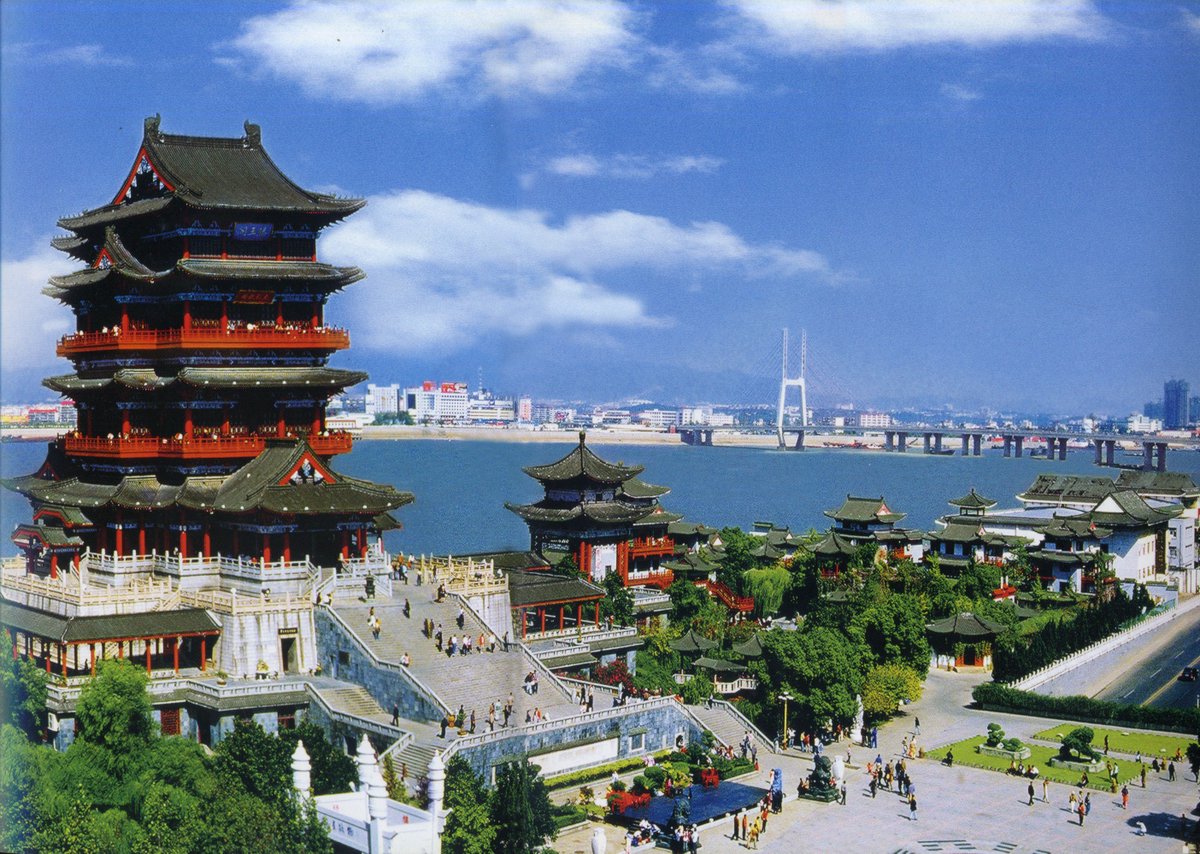A Coromandel environmental group has warned that spinifex, a native plant used in sand dune restoration after erosion events, could be in short supply this year.
Due to ‘coastal squeeze’ – development occurring closer and closer to the beach – spinifex does not have the room it needs to reproduce naturally.
Instead, Mercury Bay Environmental Trust collects seeds from the dune grass each year. Plants are grown by local nurseries, then the trust plants seedlings back into the dunes the following year.
Mercury Bay Environmental Trust volunteer Kim Lawry said Cyclone Hale severely disrupted the process this season.
Spinifex seedheads are collected each summer and the seeds grown for the next year’s plantings.
The trust was not really sure what plants will be able to be grown from the seeds they do have this year.
“As we learn more and more about the role of spinifex we are going to need more and more plants,” Lowry said.
Collecting the seed was labour intensive and there was not much money to be made growing the plants.
Credit: radionz.co.nz























































-helped-regain-her-strength-and-balance-using-Nymbl-after-a-fall.-660x440.jpg)


